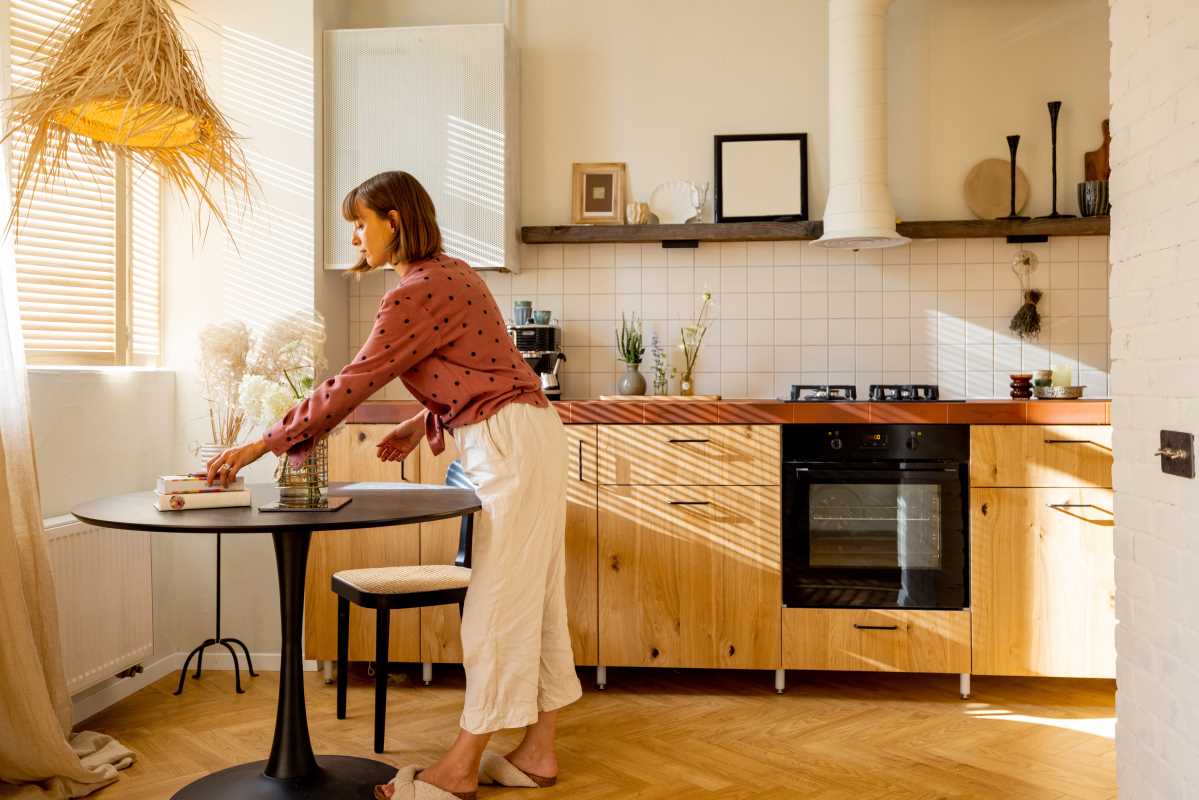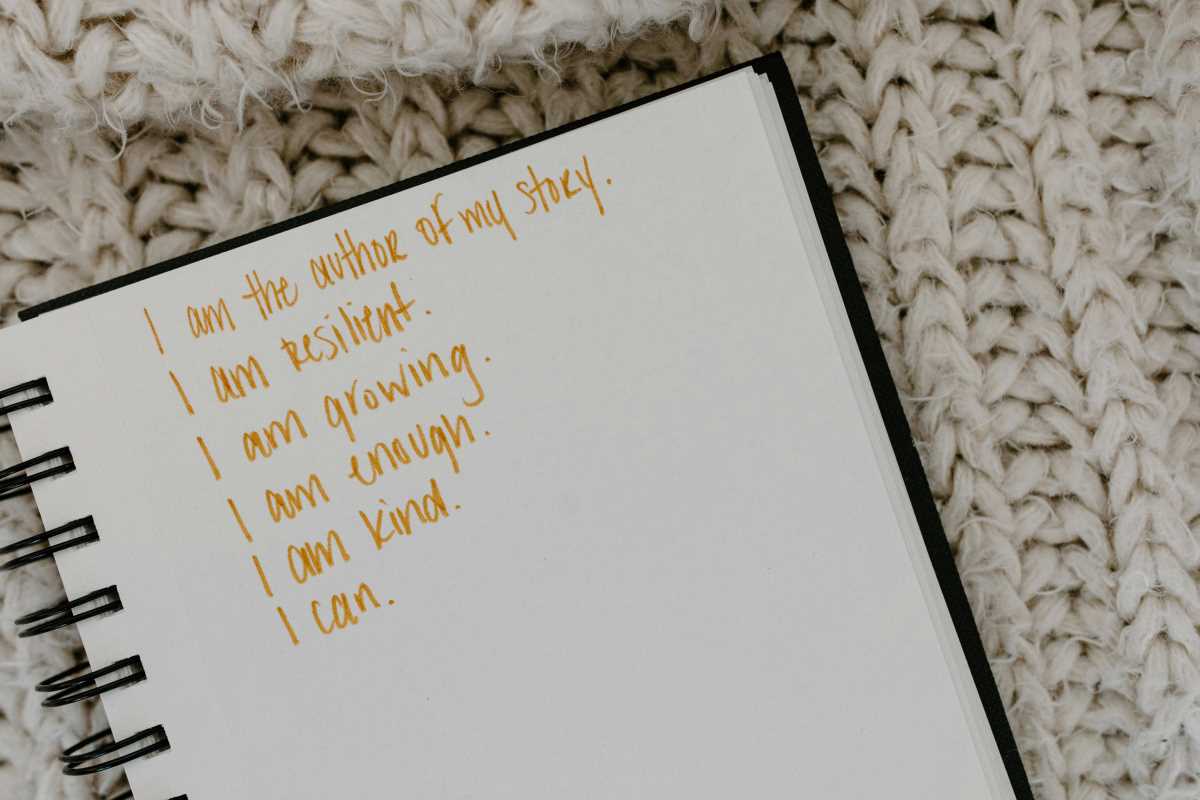Ever feel like your home is constantly battling a tide of clutter? You're not alone. Many of us associate tidying with endless, draining chores. But what if it didn't have to be that way? Recent insights from 2024 and 2025 reveal that small, consistent daily habits can transform your space and your mindset, making tidying feel less like a burden and more like a natural part of your day.
The Science Behind a Tidy Space
The impact of our surroundings on our mental state is profound. Studies consistently show that clutter can elevate stress hormones like cortisol, leading to feelings of anxiety and a reduced ability to focus. In fact, research from 2024 indicates that women who describe their homes positively tend to have lower cortisol levels than those who perceive their spaces as messy. But organized environments are linked to calmness, a sense of control, and even improved cognitive function. A tidy space acts like visual noise reduction for your brain, allowing for better concentration and decision-making.
Beyond stress reduction, maintaining an organized home can boost your self-esteem and feelings of competence. Experts like Marie Kondo have long championed the idea that tidying is about more than just physical order; it's about creating a life that "sparks joy." This philosophy suggests that even small acts of tidying can have a ripple effect on your overall motivation and well-being.
Expert-Approved Strategies for Effortless Tidying
The key to making tidying feel less like a chore lies in integrating it seamlessly into your daily life. Experts suggest focusing on small, consistent actions rather than overwhelming deep cleans.
- The "1% Rule": This approach suggests dedicating just 1% of your day,around 10 to 15 minutes—to tidying. This might involve clearing kitchen counters, making your bed, or tidying a specific drawer. The idea is that these small, consistent efforts prevent clutter from accumulating and make your home feel manageable.
- Habit Stacking: Link a new tidying habit to an existing one. For example, wipe down kitchen counters while your coffee brews, or put away stray items for five minutes before shutting down your computer for the day. This makes the new habit feel more automatic.
- The "2-Minute Rule": Championed by productivity guru David Allen, this rule states that if a task takes less than two minutes, do it immediately. This applies to putting away mail, hanging up a coat, or washing a single dish. These micro-actions prevent small messes from snowballing.
- "Clean As You Go": This is particularly effective in the kitchen. Instead of letting dishes pile up, wash them as you use them or immediately after a meal. Wiping up spills as they happen also prevents them from becoming stubborn stains.
- Nightly Resets: Dedicate 10-15 minutes before bed to a quick tidy-up of main living areas. This could include clearing surfaces, fluffing pillows, and putting away items that have migrated. Waking up to a tidy space can significantly improve your morning mood and reduce stress.
Practical Tips for Integrating Tidying into Your Day
Making tidying a natural part of your routine requires a shift in mindset and a few smart strategies:
- Start Small: Don't try to overhaul your entire home at once. Focus on one small area or task each day, like tidying a single drawer or clearing your entryway. Completing these small wins builds momentum and confidence.
- Designate Homes for Everything: Clutter often arises when items don't have a specific place. Assigning a "home" for each item makes putting things away effortless and intuitive.
- Declutter Regularly: Less stuff means less to tidy. Incorporate regular decluttering sessions, even if it's just 10 minutes a week, to remove items you no longer need or use. Consider the "one in, one out" rule for new purchases.
- Involve the Family: Tidying doesn't have to be a solo effort. Assign age-appropriate chores to children and partners. Even young children can help put toys in bins or put dirty clothes in a hamper. Making it a team effort fosters responsibility and reduces the burden on any one person.
- Use "Tidy Cues": Integrate short tidying bursts into transitions between activities. For example, use the time while waiting for water to boil to quickly tidy your utensil drawer.
Unique Insights for a Less Chore-Like Experience
- Mindful Tidying: Approach tidying with intention. Ask yourself if an item truly adds value to your life, rather than holding onto it out of guilt or obligation. This mindful approach can make decluttering feel more purposeful.
- The "Exercise Snack" Effect: Engaging in light tidying tasks can be viewed as "exercise snacks"—short bursts of physical activity that contribute to overall health and well-being, improving mood and reducing stress.
- Creative Incubation: Sometimes, engaging in a simple, repetitive task like tidying can allow your mind to wander, which is often when creative ideas emerge.
- Digital Decluttering: The principles of tidying extend to our digital lives. Dedicating a few minutes to clearing out your email inbox or organizing digital files can provide a similar sense of relief and mental clarity.







.jpg)